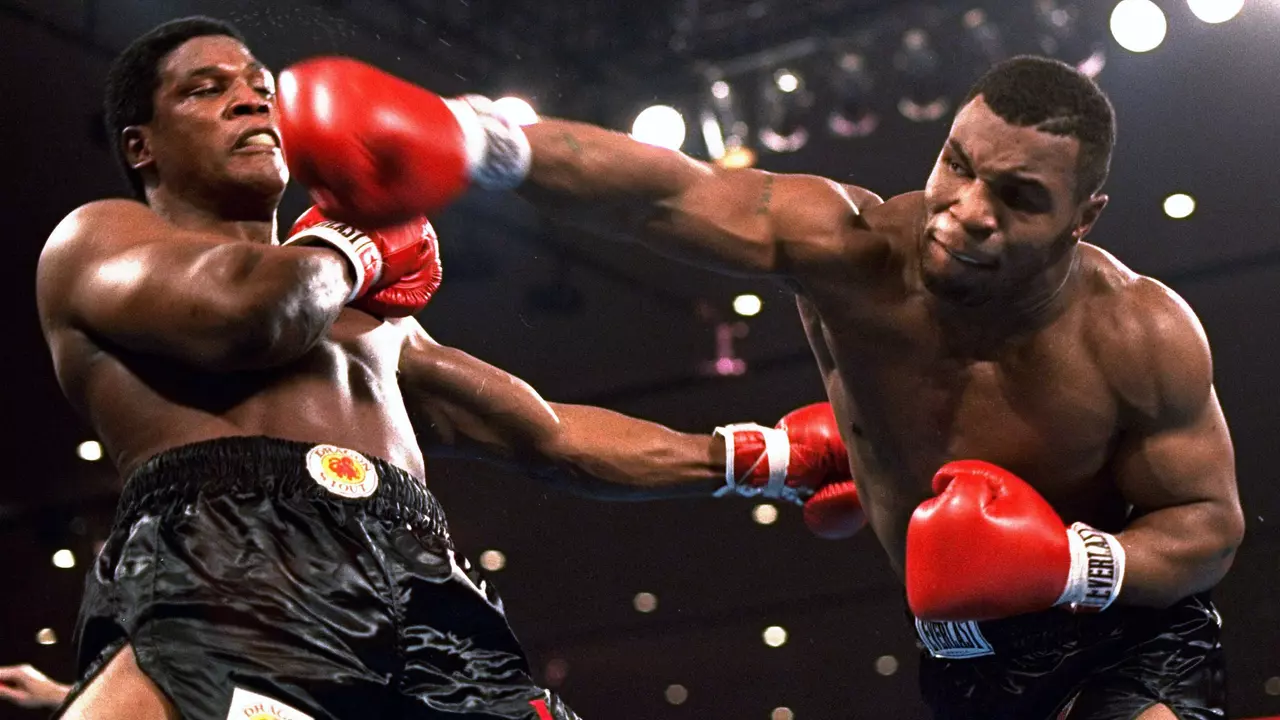Mike Tyson: The Iron Fist of Boxing
If you ever wonder what pure power looks like in the ring, just picture Mike Tyson with a 45‑inch reach, a ferocious jab, and a punch that can end a bout in seconds. He burst onto the scene at 20, became the youngest heavyweight champion ever, and turned every fight into a headline. Fans still replay his knock‑outs on YouTube, and trainers study his footwork to learn how a smaller guy can dominate bigger opponents.
Mike Tyson's Rise to the Top
Tyson started boxing in a rough Brooklyn neighborhood, learning fast under the eye of Cus D'Amato. Within a few years he went from sparring in a gym to fighting for the world title. When he won the WBC belt in 1986, the world noticed a guy who could explode with a single hook. He added the WBA and IBF titles the next year, holding three major belts at once. Those early fights—like the 91‑second demolition of Michael Spinks—still rank among the most shocking moments in sports history.
What made Tyson different wasn’t just raw strength. He used a peek‑a‑boo style, keeping his gloves high, slipping punches, and bombing forward like a bull. Opponents often didn’t get a chance to set up their game plan before the first blow landed. That blend of speed, timing, and aggression turned him into a knockout artist that even the toughest heavyweight feared.
Why Mike Tyson Still Matters
Beyond the punches, Tyson’s story speaks to anyone who’s faced setbacks. He went from fame to legal trouble, lost his titles, and then rebuilt his life as a podcast host and pop‑culture figure. His recent appearances—talking about mental health, sharing jokes on a comedy tour, and even voicing cartoons—show a man who can reinvent himself.
For today’s boxing fans, Tyson’s fights offer a masterclass in aggression and defense. Watching his 1988 clash with Larry Holmes or the 1990 bout against Buster Douglas teaches you how a boxer can control distance, cut off the ring, and capitalize on every opening. If you’re new to the sport, start with those fights; they’re short, explosive, and highlight the essentials of heavyweight boxing.
Tyson also helped shape the business side of the sport. His pay‑per‑view draws proved that a charismatic fighter could bring huge revenue, paving the way for modern super‑stars like Deontay Wilder and Tyson Fury. The name "Tyson" still sells tickets, merch, and video games, proving the brand is as strong as his left hook.
Whether you love him for the raw power, the drama, or the comeback story, Mike Tyson remains a benchmark for what a heavyweight can achieve. His fights are worth rewatching, his interviews are worth listening to, and his legacy is worth discussing. So next time you scroll through boxing headlines, remember the man who made the ring his playground and the world his audience.

Is Mike Tyson's return to boxing at age 53 overhyped?
In my perspective, Mike Tyson's return to boxing at the age of 53 has indeed been hyped up quite a bit. His comeback has caused a stir in the sporting world, mainly due to his past reputation and achievements. However, it's important to remember that age is a significant factor in physical sports, and Tyson isn't as young as he once was. The excitement around his return is understandable, but we should temper our expectations to avoid disappointment. All in all, Tyson's return is fascinating, but may be getting more hype than it realistically should.